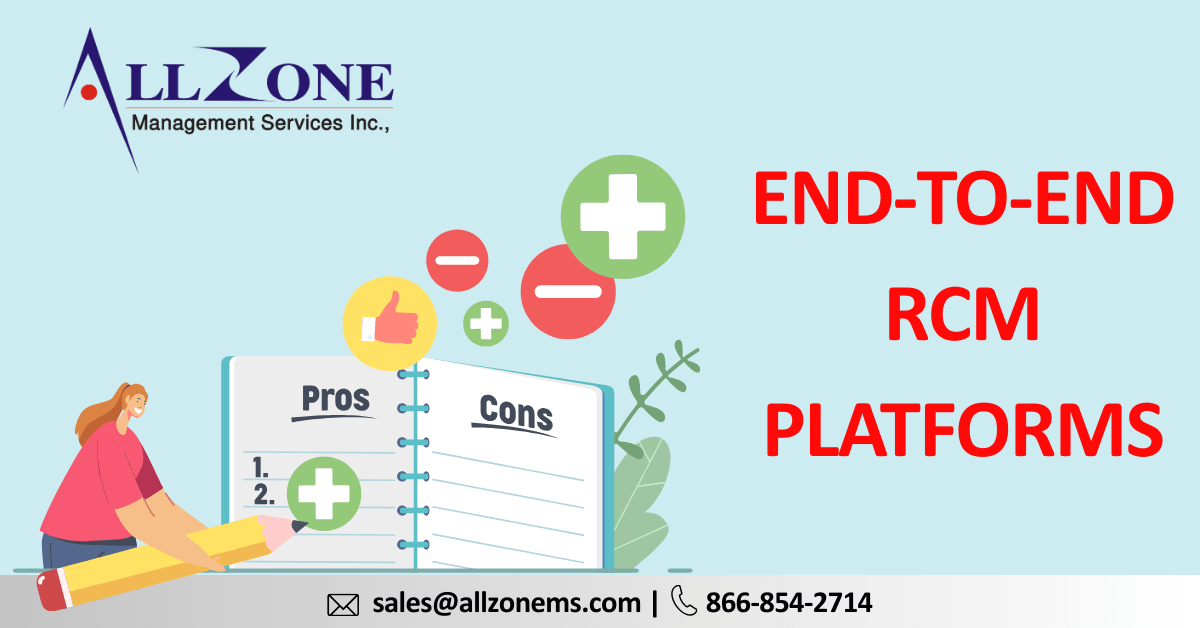An end-to-end platform is sought by deep adopters of RCM technology from a single vendor, according to a new Healthcare IT research report.
Some providers have adopted technology from only one vendor in order to achieve an end-to-end revenue cycle management (RCM) platform. There are several benefits to working with one vendor, but there are also some disadvantages, according to a new study on Healthcare IT.
Deep adopters, or those organizations that bought at least three technology solutions from a single revenue cycle vendor, were surveyed in the recent report, “Enterprise Revenue Cycle Management Platforms 2023: Current Provider Experiences.” Front-end, back-end, or any other revenue cycle solution is included. Including 31 respondents, the report reveals how end-to-end RCM platforms are adopted by providers.
The healthcare industry is facing a number of challenges, including severe staffing shortages, payer challenges, razor-thin margins, and regulatory changes. Several revenue cycle vendors are working on an end-to-end RCM platform that will help providers overcome these pressures while reducing costs and facilitating workflows, according to Healthcare IT research.
As of now, not many providers are adopting end-to-end RCM platforms. Healthcare IT research found that deep adopter’s enhanced integration, streamlined workflows, and strengthened vendor partnerships when using multiple technologies across the revenue cycle from a single vendor.
A consolidated tech stack and cost efficiencies are also advantages, according to Healthcare IT research’s deep adopters.
While these deep adopters highlighted many advantages of using multiple solutions from one vendor, they also identified several disadvantages. There are a number of disadvantages associated with this system, such as overreliance on one vendor, a slow pace of innovation (resulting in functionality gaps), and a lack of competition that could otherwise lead to better pricing.
The deep adopters were satisfied overall with their vendor’s performance despite some drawbacks of an almost end-to-end RCM platform.
According to healthcare IT research, deep adopters of RCM products were most satisfied with their products due to improved functionality. Customers interviewed said that integrated automation streamlines claims-processing workflows, increases efficiency, and allows payers to monitor trends and payer behavior, as well as manage payments and denials more effectively.
Patient financial engagement solutions deep adopters also praised the vendor’s revenue cycle management solutions. According to the report, multi-Road cycle management solutions are challenging to scale economically due to economic reasons.
Several deep adopters cited EHR integrations as the reason for their adoption, while others cited established vendor partnerships, better integration capabilities, and more reasonable pricing as reasons. The products are also easy to use, they said. RCM Solutions deep adopters have also reported feeling nickeled and dimed at times.
Healthcare RCM deep adopters cited vendor responsiveness as a reason for valuing vendor relationships. According to deep adopters interviewed, Revenue cycle management charge master and insurance discovery solutions provide the highest level of overall product quality. Dissatisfied respondents desired better integration of their EHRs, but integration was mixed.
Furthermore, deep adopters of revenue cycle management platforms appreciated the technologies’ cost and reported better value from them. Healthcare IT research found customers received a single bill without being nickeled and dimed. Furthermore, deep adopters said additional solutions enhanced the vendor’s value. However, Healthcare IT research found that several deep adopters were not sure how RCM might play a role in their long-term plans, with many citing the need for a third-party solution that provided more user-friendly reporting.
The vendors providing end-to-end RCM solutions also have pros and cons. In Healthcare IT research, however, the sample size was small, and the results should not be interpreted as an overall assessment of vendor satisfaction or adoption. Despite significant financial pressures, provider organizations may be able to benefit from an end-to-end RCM platform.

